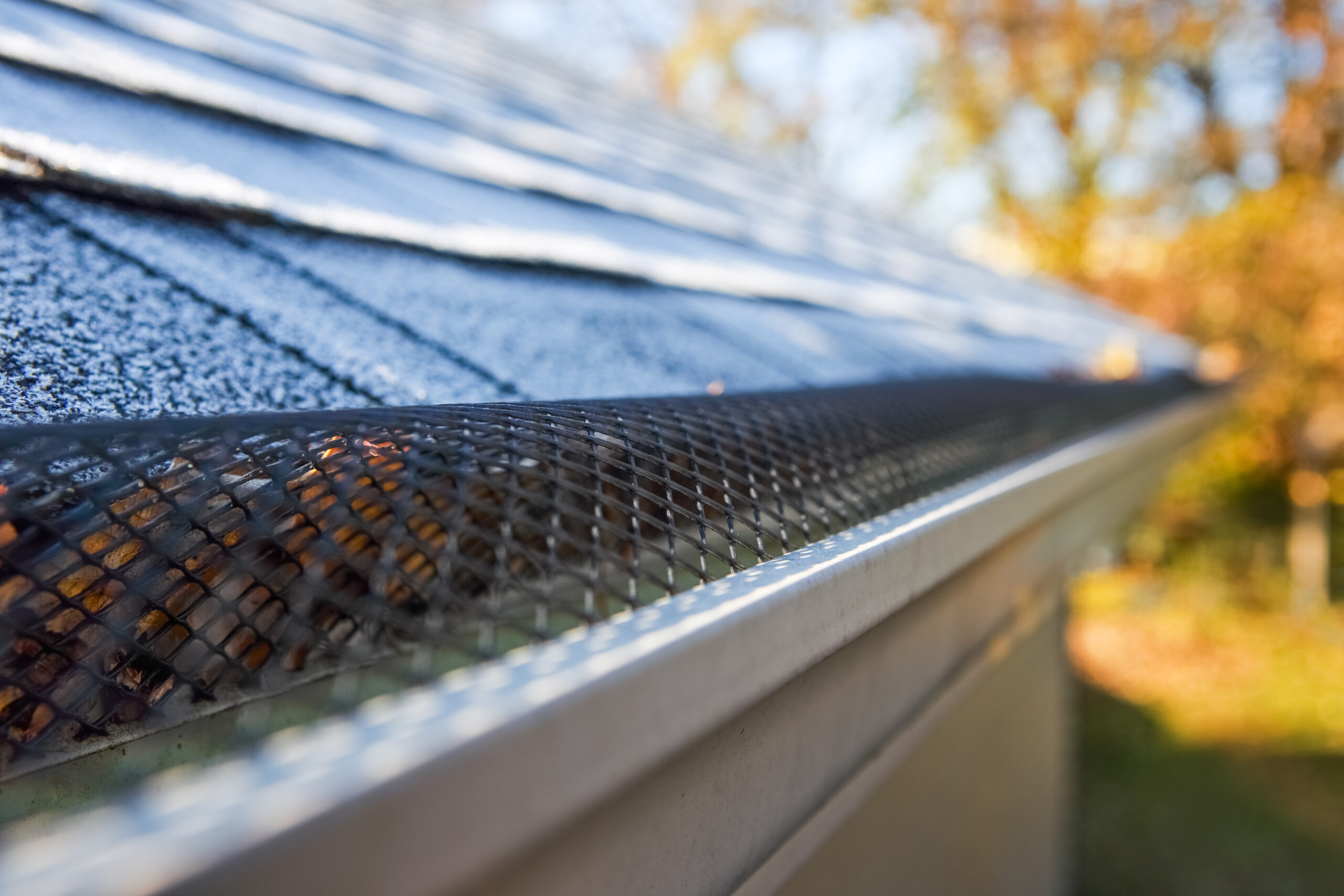
How to Choose the Right Roofing Material for Your Home Aug 17, 2025
Firstly, consider the climate and environmental conditions of your area. If you live in a region with high humidity or frequent rainfall, materials such as asphalt shingles or metal roofs are excellent choices due to their resistance to water damage and moisture. On the other hand, for areas prone to extremely hot weather, clay or concrete tiles provide great insulation and reflect sunlight, keeping your home cooler.
The architectural style of your home is another crucial factor. Traditional homes often pair well with wood or slate shingles, which complement their classic design. If your home has a modern aesthetic, consider metal sheets or flat concrete tiles for a sleek, contemporary look. Danny Smith Roofing offers a wide variety of styles and colors to match any home design, ensuring a cohesive appearance that enhances your property's curb appeal.
Budgetary concerns also play a significant role. Asphalt shingles are generally more cost-effective, making them a popular choice for many homeowners. However, it's important to weigh initial costs against long-term benefits. Metal roofs may have a higher upfront cost, but they are incredibly durable, lasting up to 50 years with minimal maintenance. Assessing your long-term financial plans will help determine the more economical option for your home.
Additionally, the weight of the roofing material should not be overlooked. Heavy materials like slate and concrete require a sturdy structural support system, which might add to your installation costs if your current structure cannot support them. Conversely, lightweight materials like asphalt shingles and metal are easier to install and require less structural reinforcement, potentially saving you money on installation.
Energy efficiency is increasingly becoming a priority for homeowners aiming to reduce energy costs and carbon footprints. Reflective materials like metal or certain types of tiles are effective in reducing heat absorption, thereby lowering air conditioning needs. Incorporating energy-efficient solutions not only benefits the environment but can also lead to energy savings, making it a worthwhile consideration.
Finally, assess the maintenance requirements of each material. Some, like asphalt shingles, are relatively low-maintenance, whereas others, like wood shakes, may require regular treatment to prevent rot or insect damage. Understanding the care each material needs will help you decide based on how much time and effort you are willing to invest in your roof's upkeep.
In conclusion, choosing the right roofing material involves balancing aesthetics, functionality, durability, and cost. By considering factors such as climate, architectural style, budget, weight, energy efficiency, and maintenance, you can narrow down your options effectively. At Danny Smith Roofing, we're committed to helping you make the best choice for your home. With expert advice and high-quality materials, we ensure that your new roof not only meets but exceeds your expectations, providing safety and security for many years to come.
/filters:no_upscale()/media/a4598e62-5e9a-4991-94bf-70c6d0684a2d.png)